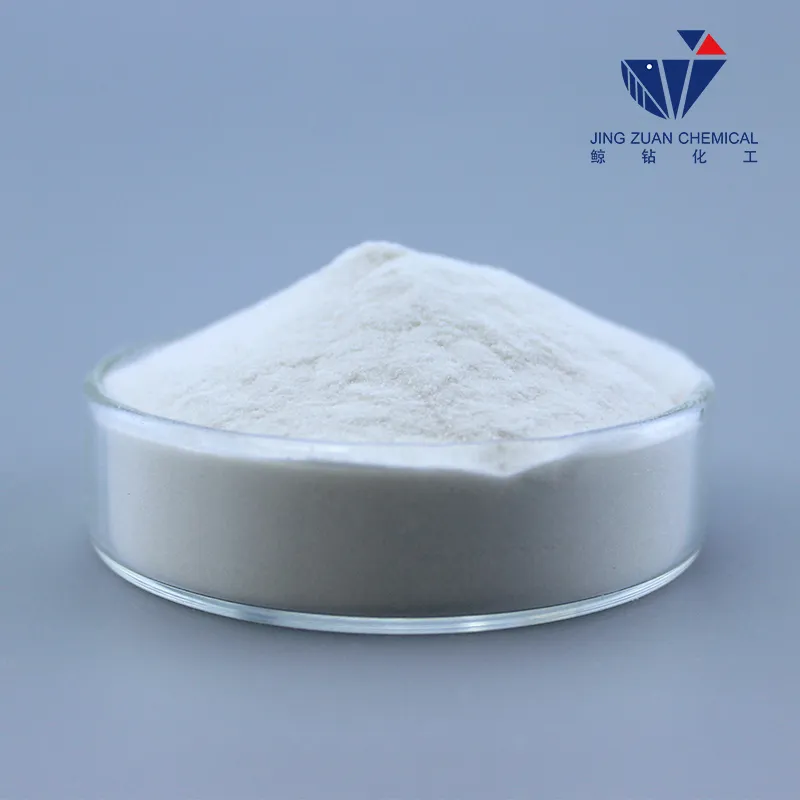
Օգս . 17, 2024 11:32 Back to list
Exploring the Properties and Applications of Hypromellose HPMC in Various Industries
Hypromellose (HPMC) An Overview of Its Properties and Applications
Hypromellose, commonly known as HPMC (Hydroxypropyl Methylcellulose), is a versatile cellulose derivative that has garnered significant attention in various industries due to its unique chemical characteristics and functional properties. As a non-ionic, water-soluble polymer, HPMC is primarily derived from the cellulose found in plant fibers through a series of chemical modifications. This remarkable compound has revolutionized multiple sectors, including pharmaceuticals, food, cosmetics, and construction, due to its ability to form films, thicken solutions, and create stable emulsions.
Hypromellose (HPMC) An Overview of Its Properties and Applications
In addition to its pharmaceutical applications, HPMC is increasingly favored in the food industry as a food additive. Its ability to improve the texture and stability of food products has made it a popular ingredient in various formulations, including sauces, dressings, and bakery goods. HPMC acts as a stabilizer, preventing the separation of ingredients and maintaining desired viscosity even under varying temperature conditions. Moreover, it is often used in gluten-free products to enhance dough structure and improve mouthfeel, making it an essential component in the growing market for gluten-free alternatives.
hypromellose hpmc

The cosmetic industry also benefits from the properties of HPMC. This polymer is known for its thickening, emulsifying, and film-forming capabilities, making it an ideal ingredient in lotions, creams, and gels. Its ability to create a pleasant texture enhances the user experience, while its emulsifying properties ensure that oil and water components remain mixed, providing stability to formulations. Additionally, HPMC is often used in hair care products to add shine and manageability while promoting moisture retention.
Beyond these well-known applications, HPMC plays a crucial role in construction materials. In the production of cement-based adhesives, HPMC serves as a water-retention agent, ensuring that the mixture remains workable for extended periods. This property prevents the premature drying of the mortar, allowing for effective bonding and better overall performance of the construction materials. The inclusion of HPMC in plaster and tile adhesives also enhances flexibility and resistance to cracking, ultimately contributing to the durability of construction projects.
The versatility of hypromellose is further highlighted by its eco-friendliness. Being derived from natural cellulose, it is biodegradable, making it an attractive option in a world increasingly focused on sustainability and reducing environmental footprints. HPMC's non-toxic nature also means it can be utilized safely in products ranging from pharmaceuticals to food items without compromising consumer safety.
In conclusion, hypromellose (HPMC) stands as a multifunctional polymer with applications spanning multiple industries. Its unique properties, including water solubility, film-forming ability, and thickening potential, make it an invaluable ingredient in pharmaceuticals, food products, cosmetics, and construction materials. As research continues and industries evolve, the demand for HPMC is likely to grow, further solidifying its role as a pivotal component in fostering innovation across various sectors. Its eco-friendly profile also ensures that it remains a favorable choice as sustainability becomes an essential consideration in contemporary manufacturing practices.
-
Unlocking the Benefits of HPMC Products: A Gateway to Versatile Applications
NewsAug.07,2025
-
Unleashing the Potential of HPMC Ashland: A Comprehensive Look
NewsAug.07,2025
-
Tile Bonding Cellulose: The Key to Superior Adhesion and Durability
NewsAug.07,2025
-
Hydroxypropyl Methylcellulose Powder: The Versatile Component in Modern Pharmaceuticals
NewsAug.07,2025
-
Hydroxyethyl Cellulose: The Versatile Solution for Various Industries
NewsAug.07,2025
-
Hydroxyethyl Cellulose (HEC): The Versatile Polymer for Various Applications
NewsAug.07,2025







